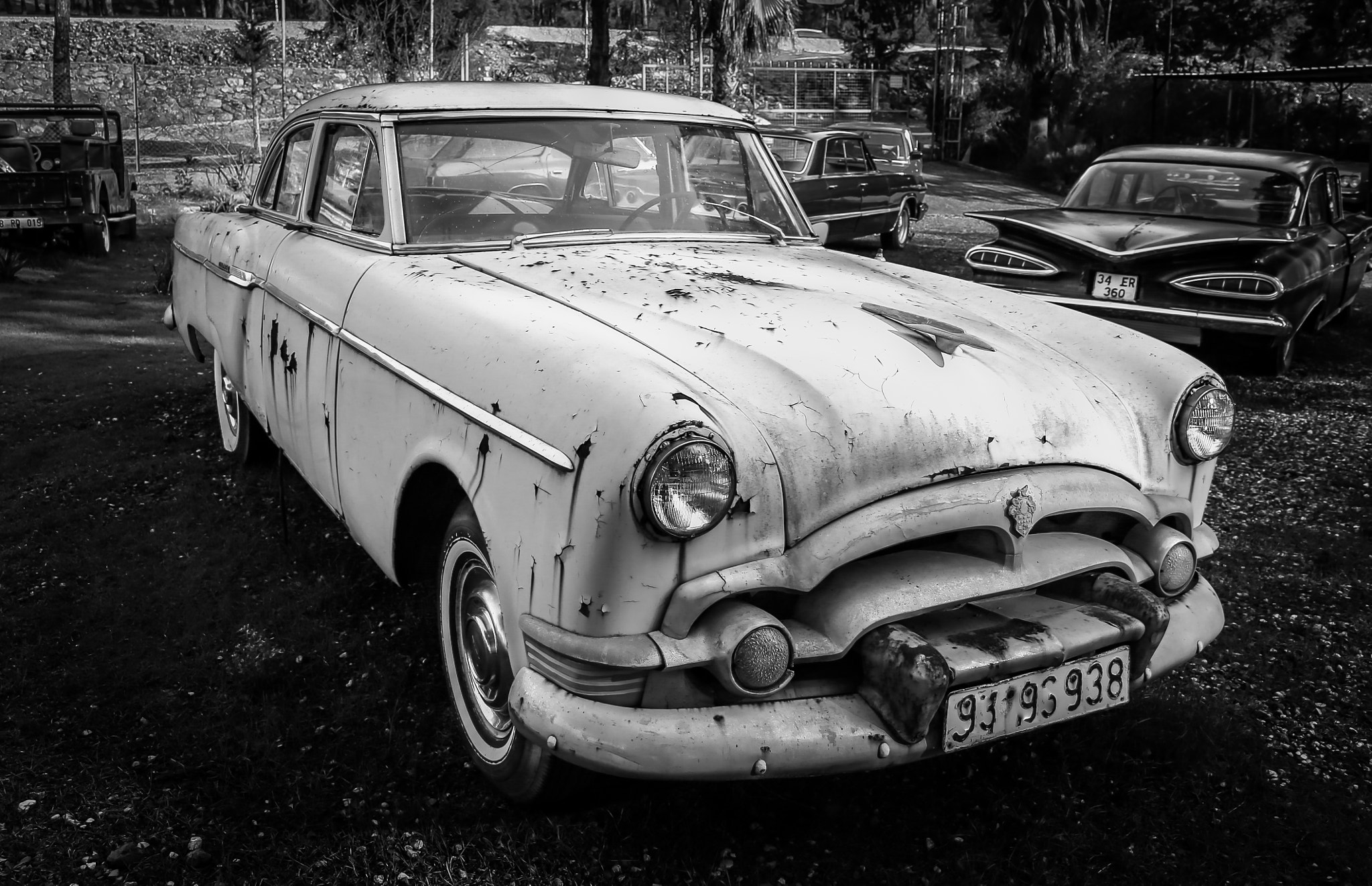
On June 6, 1903, Huntington created the Los Angeles Inter-Urban Railway, capitalized at $10 million (equivalent to $339 million in 2023), with plans to extend lines to Santa Ana, Newport Beach, the San Fernando Valley, La Habra, Redlands and Riverside, with branches to Colton and San Bernardino. The final confrontation came over a bidding war for the 6th Street franchise, in which the franchise (thought to be worth maybe $10,000), finally went to the top bidder for $110,000 (equivalent to $3.73 million in 2023), with Harriman the secret winner. On December 7, 1904, the Hellman group sold the rest of their shares and bonds in PE and LAIU to Huntington and Harriman for $1.2 million (equivalent to $40.7 million in 2023). Huntington and Harriman were now equal partners in ownership of the Pacific Electric. Huntington countered with a ticket book which gave the rider 500 miles (800 km) of travel for $6.25 (equivalent to $212 in 2023), which undercut the Harriman strategy.
In return, Harriman got 40.3% of PE stock, an amount equal to Huntington's, with Hellman, Borel and De Guigne owning the remaining 20%. Huntington could expand the PE as he saw fit, but he was not to compete with existing SP lines. In that same year, Huntington and Hellman incorporated a new entity, the Pacific Electric Railway of California, formed to construct new electric rail lines to connect Los Angeles with surrounding cities. The Hellman syndicate retained their 45% interest in the Los Angeles Railway, which they thought would eventually declare dividends. To get the railways and electricity to their towns, local groups offered the Huntington interest opportunities in local land. Diesel-electric locomotives may not always be considered HEVs, not having energy storage on board, unless they are fed with electricity via a collector for short distances (for example, in tunnels with emission limits), in which case they are better classified as dual-mode vehicles. In the U.S., drums are allowed and are typically preferred for their lower purchase price, despite higher total lifetime cost and more frequent service intervals. The Council vetoed the franchise idea, unable to believe adequate service could be provided for such a low fare.
Only on occasions when opposing drivers passed each other would the low (dipped or "passing") beam be used. Power steering helps drivers steer by augmenting the driver's steering effort. It can include "Cross Traffic Alert," which alerts drivers of oncoming traffic behind them while backing out of a parking space. Hellman added that he had already tasked engineer Epes Randolph to survey and lay out the company's first line which would be to Long Beach. A byproduct of this sale was that Harriman sold the banking unit of his Wells Fargo Company to Hellman who merged it with his Nevada Bank operations and established the Pacific Coast's largest, most powerful bank. The Pacific Electric Railway was created in 1901 by railroad executive Henry E. Huntington and banker Isaias W. Hellman. The two firms controlled 449 miles of track, with the Pacific Electric at 197 miles and the LAIU, 252 miles. The position was measured by small spiral antennas running in the guide track, which also send position information to the scheduling computers at 1,200 bit/s over an inductive loop in the track. As opposed to traditional suspension systems, MagneRide has no mechanical valves or even small moving parts that can wear.
Comments
Post a Comment